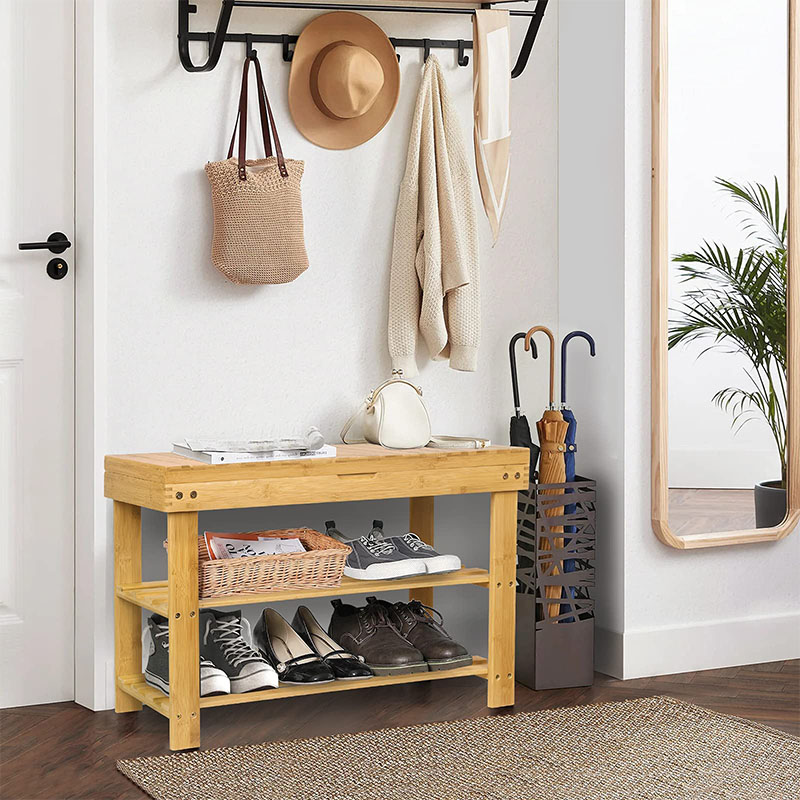Bamboo furniture is gaining popularity due to its eco-friendliness, durability, and aesthetic appeal. However, choosing the right bamboo furniture requires careful consideration of several key factors. This article outlines the five essential elements to consider when selecting bamboo furniture: material quality, craftsmanship, design style, environmental performance, and maintenance. These insights will help readers make informed decisions when purchasing bamboo furniture.
1. Material Quality
The quality of the material is the foremost factor when selecting bamboo furniture. High-quality bamboo should have the following characteristics:
High Density: Dense bamboo is more robust and durable, less likely to warp or crack.
Pest-Free: Quality bamboo is treated to ensure it is free from pest infestations.
Clear Grain: Good bamboo has a clear, even grain, showcasing its natural beauty.
When purchasing, consumers should closely inspect the density and grain of the bamboo to ensure they are getting top-quality material.
2. Craftsmanship
The craftsmanship of bamboo furniture significantly affects its longevity and appearance. Consumers should pay attention to the following aspects:
Joining Methods: High-quality bamboo furniture often uses mortise-and-tenon joints or high-strength adhesives to ensure sturdy connections.
Surface Finish: The surface of quality bamboo furniture should be smooth, free of burrs and cracks.
Detail Work: Check if the edges and corners are well-finished and if there are any excess glue marks.

3. Design Style
The design style is a crucial aspect influencing purchasing decisions. Consumers should choose bamboo furniture that complements their home decor:
Modern Minimalist: Simple lines and minimalist designs suit modern home styles.
Traditional Classic: Intricately carved, traditional bamboo furniture fits well with classic interior designs.
Multi-functional Design: Bamboo furniture with features like foldability is space-saving and convenient.
4. Environmental Performance
Bamboo furniture is celebrated for its eco-friendliness. When choosing bamboo furniture, consumers should consider the following:
Source of Bamboo: Ensure the bamboo is sourced from sustainably managed forests.
Environmental Certifications: Look for products with environmental certifications, such as FSC, to guarantee eco-friendly practices.
Low Formaldehyde Emission: Choose bamboo furniture with low formaldehyde emissions to ensure good indoor air quality.
5. Maintenance
The longevity of bamboo furniture is closely linked to regular maintenance. Consumers should know the following maintenance tips:
Regular Cleaning: Use a soft cloth to regularly dust the furniture, preventing dirt buildup.
Moisture Protection: Avoid placing bamboo furniture in damp environments to prevent mold and warping.
Sun Protection: Keep bamboo furniture out of prolonged direct sunlight to prevent cracking and fading.

By considering these five key factors, consumers can make more rational choices when purchasing bamboo furniture, ensuring they acquire high-quality products that meet their needs. Bamboo furniture not only adds aesthetic appeal to home interiors but also contributes to a natural, comfortable living environment.
Post time: Jul-01-2024






